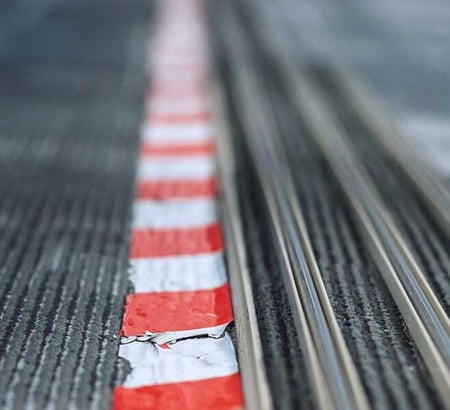This ongoing shift from the direct retail market to the E&S market continues to impact clients in many ways and shows no sign of abating in 2025. Premiums are higher, insurer appetites are often narrower, and clients are faced with addressing ways to obtain coverage through alternative options. This shift has impacted many clients, but particularly those unable or unwilling to consider high deductible programs. However, this drive to E&S has had some positive impacts. Additional capacity via new entrants has in some ways stabilized programs in excess of $10M attachment points. Furthermore, London is still a viable and important option for certain clients to consider. The key is to maintain a reasonable timetable and allow for an increased number of insurers participating in an excess liability tower.
As individual umbrella limits have shrunk, the complexity of addressing claims between multiple insurers has risen, and the time frame allowed to respond has condensed. It is therefore increasingly hard for insurers and reinsurers to assess their profitability in the space or for a specific account because of this volatility. This may impact the cost and availability of umbrella liability for the near term as conservative underwriting will remain in vogue.
Prices may increase 3% to 10% for GL and 5% to 35% for umbrella depending on loss experience, industry, and risk improvements. Product liability rates have softened for much of the market, aside from a few tougher risks. Thanks to new capacity, rates will be flat or slightly up, outside of clients with large complex consumer exposures like critical auto, RVs, food, and chemicals.
Exceptionally Challenging Risks, Industries, and Geographies
Several categories of risks face increased underwriting scrutiny:
- Habitational/residential/social services, real estate, and construction
- Several manufacturing sectors, such as sports equipment, chemicals, firearms, and pharmaceuticals
- Education and nonprofits due to sexual abuse and traumatic brain injury concerns
- Per- and polyfluoroalkyl substances (PFAS)
- Nonprofits, especially those with abuse or habitational exposures
- Transportation
- New York – auto, construction, real estate
- Georgia, New Jersey, Louisiana – auto





